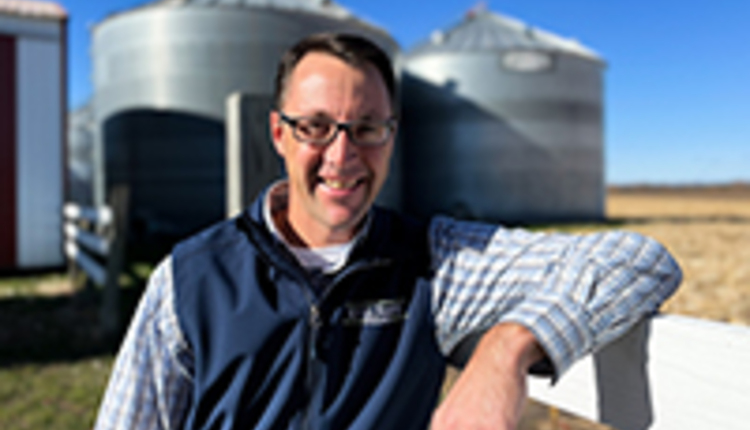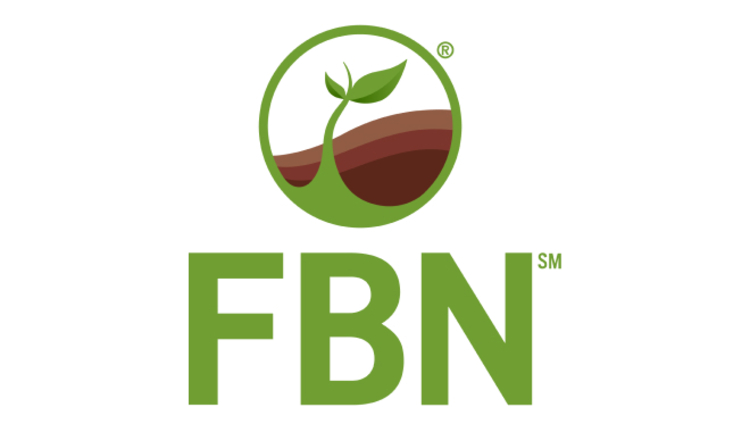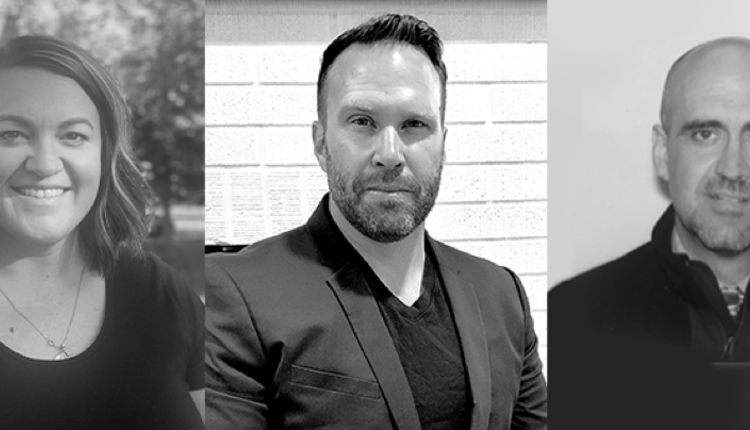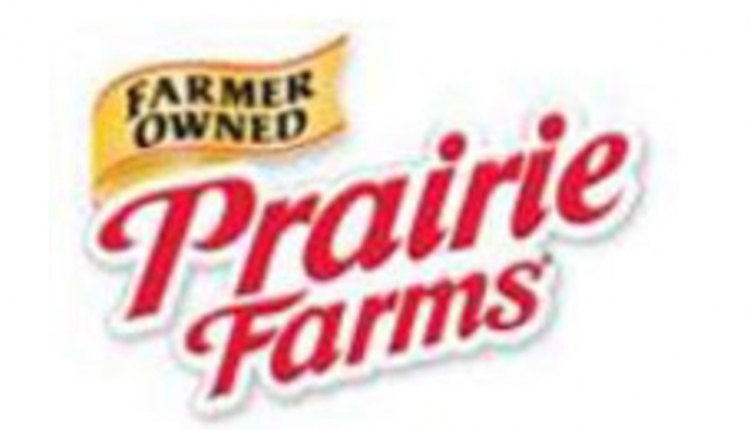The information listed below has been supplied by dairy marketers and other industry organizations. The information provided here has not been edited, verified or endorsed by Hoard’s Dairyman.
Like many dairy farmers, Lloyd and Jane Gunter are retirement-age. Jane is a retired home economics teacher and her husband has run Gunter Farms since 1963.
Yet they are modernizing and expanding their dairy farm for the future.
They added a 6-acre pumpkin patch and 8-acre corn maze 16 years ago. They harvest enough pie pumpkins for the 5,000 schoolchildren, teachers and others who visit the farm each year.
The Gunters teach visitors about agriculture while they launch pumpkins across a field with the “Pumpkinator.” Wagon rides to the pumpkin patch and corn maze give the Gunters time to tell riders about land stewardship. Students milk a simulated cow and hunt treasures in piles of shelled corn.
While having fun, they learn that food comes from farm fields and animals.
The Webster County farm draws soldiers and their families from Fort Leonard Wood at Waynesville, 50 miles away. For many, it is their first visit to an American farm. “We educate the world here,” Lloyd says. For people a generation away from the farm, it is a nostalgic reminder of family roots and simpler times.
The pumpkin patch and maze provide value-added income to the farm. Each year, the Gunters add new activities to entertain the growing numbers of visitors. As the operation grew, they sought advice about numerous issues from Bob Schultheis, University of Missouri Extension natural resource engineer. He told what insecticides to spray on the pumpkins, and what kind of building would serve as an all-weather fun area for groups.
They also work with MU Extension dairy specialists Reagan Bluel and Ted Probert. Bluel leads MU Extension’s Women in Dairy group, which recently met at Gunter Farms.
Jane served as chairperson of the Webster County Extension Council. The family supports MU Extension 4-H in many ways. They also donate milk, butter and cheese at community events to promote the dairy industry.
The Gunters milk 80 registered brown Swiss cows daily. More than 4,000 pounds of milk leave the farm for Hiland Dairy Foods each day.
The Gunters consider themselves among the lucky dairy farmers. Their 34-year-old son, David, returned to the family dairy farm after graduating college and working off-farm. The elder Gunters had begun downsizing their operation when it seemed unlikely that any of their children would return to the farm.
Dairy cows need to be milked morning and evening, seven days a week. There are no days off.
Finding help is difficult. In an MU study, dairy farmers cited labor intensiveness as the main reason they get out of the business.
Webster County is part of the south-central dairy heartland of Missouri. It is one of the state’s six leading milk cow counties. It also lost the most cow inventory between 2009 and 2013.
Lloyd is 68 and has neuropathy of his legs. USDA’s 2012 Census of Agriculture reported that 42.8 percent of Missouri dairy cattle and milk production farm principal operators were at least 55.
Lloyd still goes to the milk barn daily, but he is glad his son returned to the farm. He also is grateful for part-time farmworkers. They make it possible for David to referee ball games twice a week, as Lloyd did for 20 years. David also serves as a national director for the Brown Swiss Association and shows the Gunter Farms’ award-winning stock at the Missouri State Fair. Finding time for family and community is challenging but critical, Lloyd says.
Federal regulations also make the business challenging, he says. “Dairy is the most regulated industry there is.” Weather and volatile milk prices are not for the faint of heart either.
Still, the Gunters love dairy farming and the rural lifestyle. They feel fortunate to have good land and good neighbors.
They try to be as self-sufficient as possible. They grow all of their own forages to feed their cows. They raise corn, wheat and alfalfa. They stagger corn planting so they can do their own green chopping of corn for silage with a flail cutter.
By using cow manure, they cut the amount of commercial fertilizer used on the farm.
They produce milk and grow food for themselves and the world. They also hope to teach where food comes for future generations.
To find an MU Extension dairy specialist near you, go to dairy.missouri.edu/contacts.htm.
Find out more about the Gunter Farms pumpkin patch at www.gunterfarm.com.








